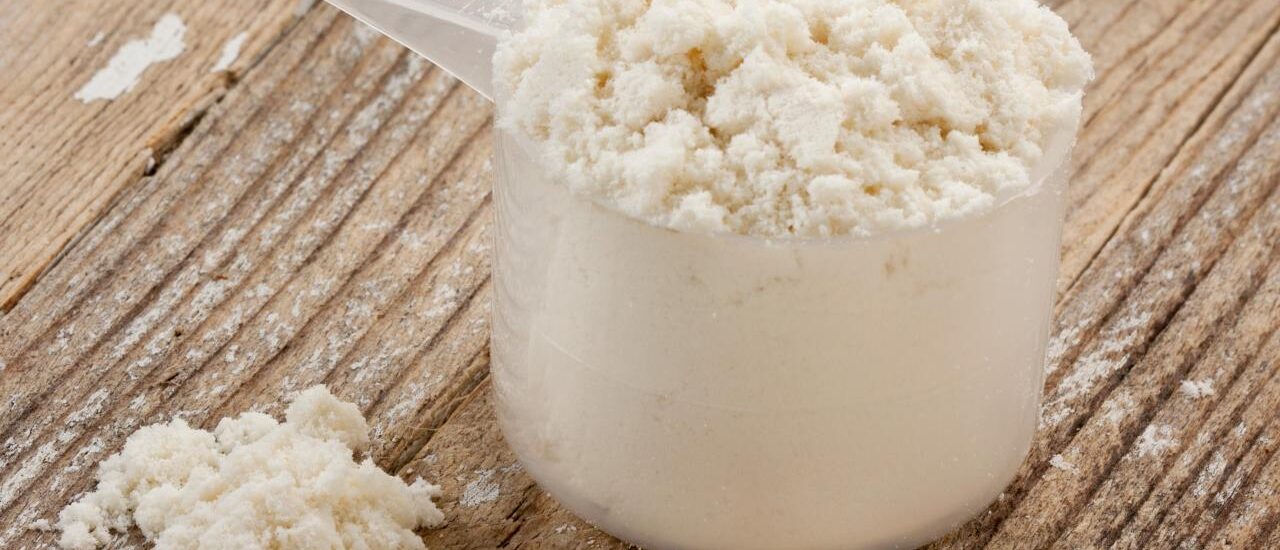The milk protein market is poised for a 5.6% annual growth, reaching $19.7 billion. Casein, the primary milk protein, exists in different forms, housed within micelles in milk’s structure. These micelles maintain stability and flexibility, allowing for reshaping without losing nutritional value, a property crucial in various applications.
The global milk protein market is anticipated to increase at a compound yearly growth rate of 5.6% to reach a value of US$ 19.7 billion. Casein, the most prevalent milk protein, is available in four different forms: ß, α-s1, α-s2, and α-s1. Every variety differs in its functional properties, amino acid composition, and genetic make-up. Milk contains a structure known as the micelle, which is where caseins are suspended.
Casein micelles are essentially stable and dynamic, yet they can be dried and rearranged into other shapes without causing any damage. Calcium phosphate and ß-casein can enter and exit micelles in response to temperature changes without changing the solution’s nutrient-dense protein and mineral composition.
To learn more about the dynamic properties and functional benefits of casein and to explore the future of milk protein, request a sample report @
https://www.futuremarketinsights.com/reports/sample/rep-gb-14909
Since caseins are heat treatment stable components, HTST (high temperature short time) pasteurisation cannot affect the nutritional or functional properties of the casein proteins. Therefore, even high temperatures can cause a modest number of interactions between the casein and whey proteins in the solution, which may or may not change the functional benefits of the product while maintaining its nutritional value.
For instance, ß-lactoglobulin forms a specific layer atop the casein micelle in cheese to prevent curd formation at high temperatures. The food, beverage, infant formula, and dietary supplement industries all have high demand for casein as a milk protein due to the aforementioned qualities.
Key Takeaways from Market Study
- The milk protein market is worth of US$ 11.4 Bn sales in 2022.
- The milk protein market is expected to expand at CAGRs of 5.6% through 2032.
- Global milk protein demand is projected to grow year-on-year (Y-o-Y) growth of 5.5% in 2022.
- The milk protein market is growing with a notable boost towards the production to reach USD 19.7 Bn by 2032.
- Increase in requirement of new food additives, advancement in food technology, and enhanced quality of milk protein are the factors driving growth of the market and to be the influencing factors among consumers, which is driving sales of milk protein across global markets.
- Demand for milk protein grew at 4.8% CAGR between 2017 and 2021.
- Cargill, Inc., Saputo, Inc., Glanbia Plc., Kerry Group Plc., and Arla Foods are expected to be the top players in the industry.
- Milk protein isolate with powdered form segment are in heavy demand from infant formula industry carrying a notable market share.
Competitive Landscape
Key milk protein brands are looking for new strategic partnerships to develop the applications in food and beverage industry, along with infant formula and dietary supplements, while core business brands are focusing on developing nutritional and high quality food solutions to customers with several product innovations.
- On 15th September 2021, Arla Foods Ingredients launched a new product, named as Lacprodan Premium MFGM-10, which is an MFGM (milk fat globule membrane) ingredient in a dry blend version to provide more flexibility to different end recipes, which can be produced from this one base powder only. The product is marketed with infant formula category as well to reduce production costs and energy usage without compromising on quality and safety of the product.
Unlock the Power of Milk Protein by Using Premium Quality Products to Up Your Nutrition Game! Purchase now to experience the future of wellness and health @
https://www.futuremarketinsights.com/checkout/14909
Milk Protein Market by Category
By Product Type:
- Concentrates
- Hydrolyzed
- Isolates
- Others
By Form:
- Powder
- Liquid
- Paste/Spreadable
- Others
By Application:
- Food & Beverages
- Nutraceuticals & Dietary Supplements
- Pharmaceutical
- Cosmetics & Personal Care
- Infant Formula
- Pet Care Industry
- Others
By Region:
- North America
- Latin America
- Europe
- East Asia
- South Asia
- Oceania
- Middle East & Africa
Elevate Your Strategy: Consult with Our Expert Analysts for Customized Insights and Guidance across Industries and Regions :
https://www.futuremarketinsights.com/ask-question/rep-gb-14909
Frequently Asked Questions
- How much worth is the milk protein industry?
- At what CAGR is the market expected to expand through 2032?
- How was the performance of milk protein been over the past half-decade?
- What will be the market for milk protein worth in 2032?
- Who are the key players operating in the market?
- Which are the top countries driving the milk protein market demand?
- What are the key factors affecting the milk protein market growth?
About Future Market Insights, Inc.
Future Market Insights, Inc. (ESOMAR certified, Stevie Award – recipient market research organization and a member of Greater New York Chamber of Commerce) provides in-depth insights into governing factors elevating the demand in the market. It discloses opportunities that will favor the market growth in various segments on the basis of Source, Application, Sales Channel and End Use over the next 10-years.
Contact:
Future Market Insights Inc.
Christiana Corporate, 200 Continental Drive,
Suite 401, Newark, Delaware – 19713, USA
T: +1-845-579-5705
For Sales Enquiries: sales@futuremarketinsights.com
Browse Other Reports: https://www.futuremarketinsights.com/reports
LinkedIn| Twitter| Blogs




